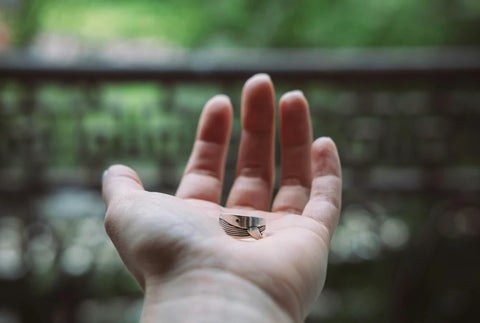Proper Exercises After Trigger Finger Surgery
Speedy Recovery and Optimum Hand Function Regained
Healthline is delighted to share some valuable insights regarding the significance of proper exercises after trigger finger surgery. With years of experience and expertise, our team of renowned hand surgeons understands the importance of a comprehensive post-operative rehabilitation plan to facilitate a speedy recovery and regain optimum hand function.Trigger finger, medically known as stenosing tenosynovitis, is a common hand condition that causes the fingers to become locked or caught in a bent position. The condition arises due to inflammation and swelling of the tendons in the affected finger. To address this ailment and restore painless finger movement, trigger finger release surgery is often recommended.
Trigger finger release surgery involves a simple outpatient procedure where the tight section of the tendon sheath is opened to provide increased space for the tendon to glide smoothly. While the surgery successfully resolves the locking and catching of the finger, it is crucial to focus on post-operative exercises to enhance recovery and regain full hand functionality.

Dr. Bob, a distinguished hand surgeon at Healthline, emphasizes, "Post-operative exercises help in reducing swelling, boosting blood circulation, increasing range of motion, and enhancing overall hand strength. Performing these exercises under the guidance of a physical therapist or hand therapist is highly recommended for a successful rehabilitation journey."
Below are some proper exercises that patients can engage in after trigger finger surgery:
1. Finger Tendon Gliding Exercises: These exercises promote tendon movement and flexibility after surgery. Gently bend and straighten the affected finger(s), ensuring you feel a mild stretch without any pain. Perform several repetitions, gradually increasing the intensity but always within the limits of comfort.
2. Finger Flexor Stretch: Place your affected hand on a table, palm facing down, and gently press the affected finger(s) onto the table's surface. Hold the stretch for 10 to 15 seconds, ensuring you feel a gentle stretch. Repeat 3-4 times with each finger.
3. Hand Gripping Exercises: Use a soft stress ball or a handgrip strengthener and squeeze it for 5-10 seconds, then release. Repeat this exercise for 10-15 repetitions, gradually progressing to stronger grip strengtheners as tolerated.
4. Thumb Opposition Exercises: Place your affected hand flat on a table, palm facing upward, and touch the tip of your thumb to each fingertip successively. Perform this exercise smoothly and without any pain, gradually increasing the speed and repetitions over time.
5. Wrist Range-of-Motion Exercises: Gently rotate your wrist in clockwise and counterclockwise motions to improve wrist flexibility. Perform these exercises for 10-15 repetitions in each direction, ensuring no pain or discomfort is experienced.
6. Scar Massage: Once your surgical incision has sufficiently healed, start massaging the area around the scar. Use gentle circular motions with your fingertips to help prevent adhesion and promote tissue healing. Ensure an appropriate lubricant, such as a silicone-based gel, is used during the massage to minimize irritation.
While these exercises are beneficial in expediting the recovery process, it is crucial to consult your hand surgeon or a certified hand therapist before initiating any exercise regime to ensure suitability and prevent unintended complications.
Dr. [Name] advises, "It is essential to start exercises gradually and refrain from overexerting the hand. Always listen to your body and communicate any discomfort or pain to your healthcare professional."
In addition to exercises, adherence to post-operative rehabilitation protocols set by your hand surgeon is equally important. It usually involves wearing a splint or brace, modifying activities to avoid stress on the incision site, and participating in physical therapy sessions for supervised exercises.
Trigger finger surgery, coupled with proper exercises and diligent rehabilitation, offers patients an improved quality of life, enabling them to return to their daily activities without the discomfort formerly imposed by the condition.
About Healthline
Healthline is a leading healthcare institution dedicated to providing exceptional patient care, innovative research, and comprehensive education and training. Our team of highly skilled healthcare professionals is committed to delivering the highest standards of medical excellence, focusing on patient-centric care in various specialties.










